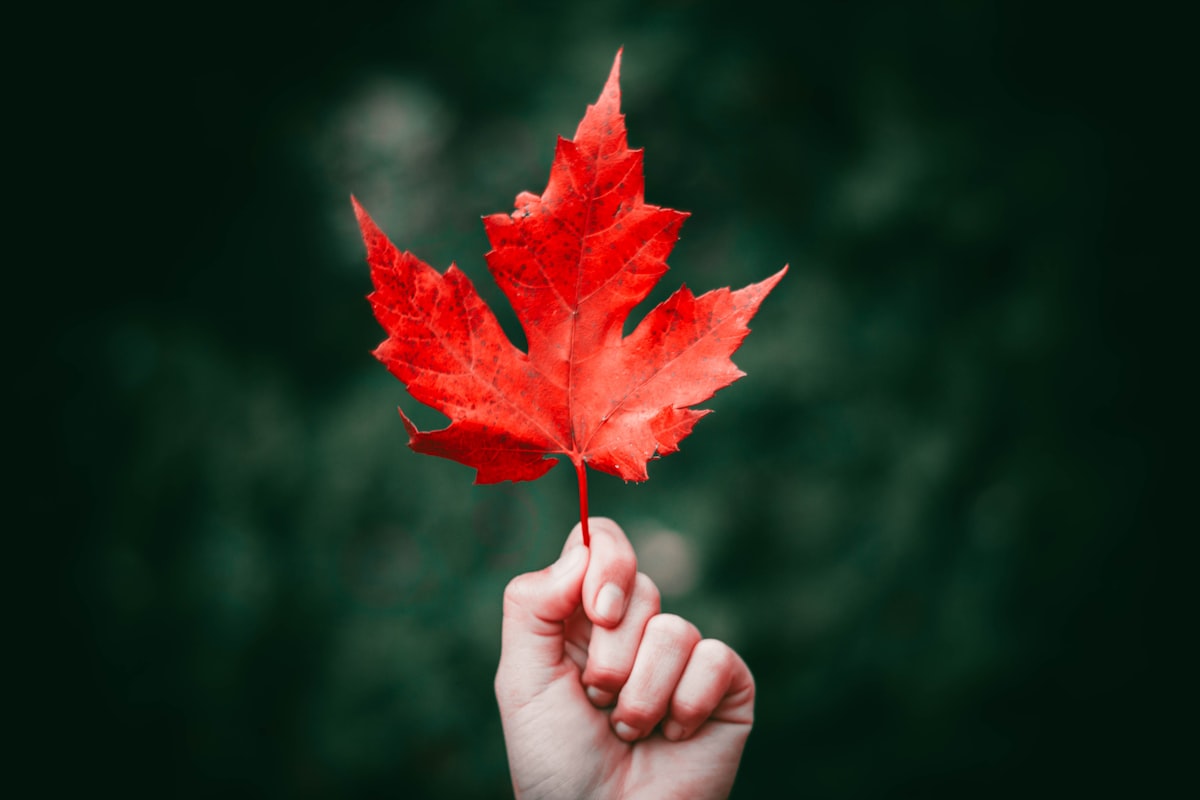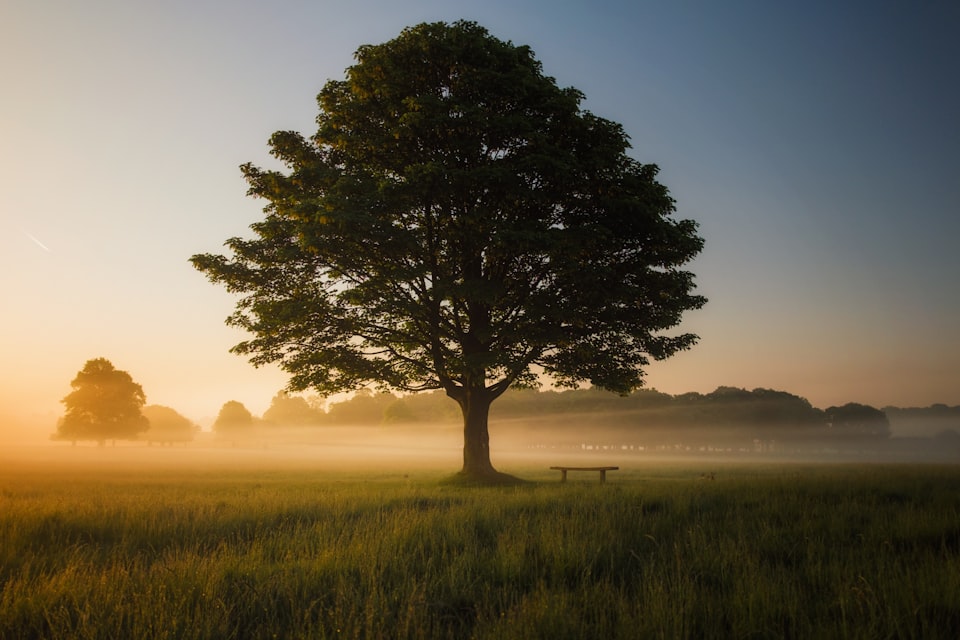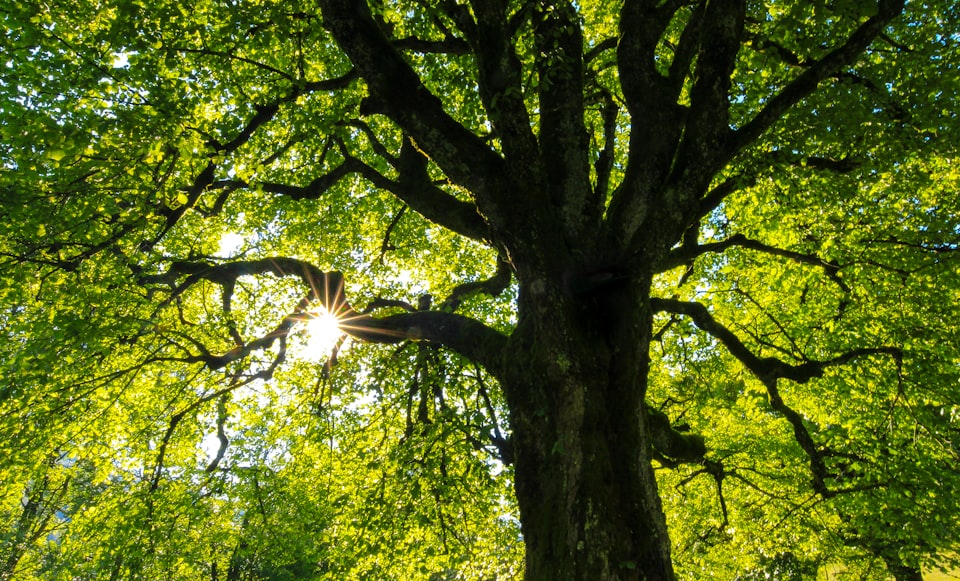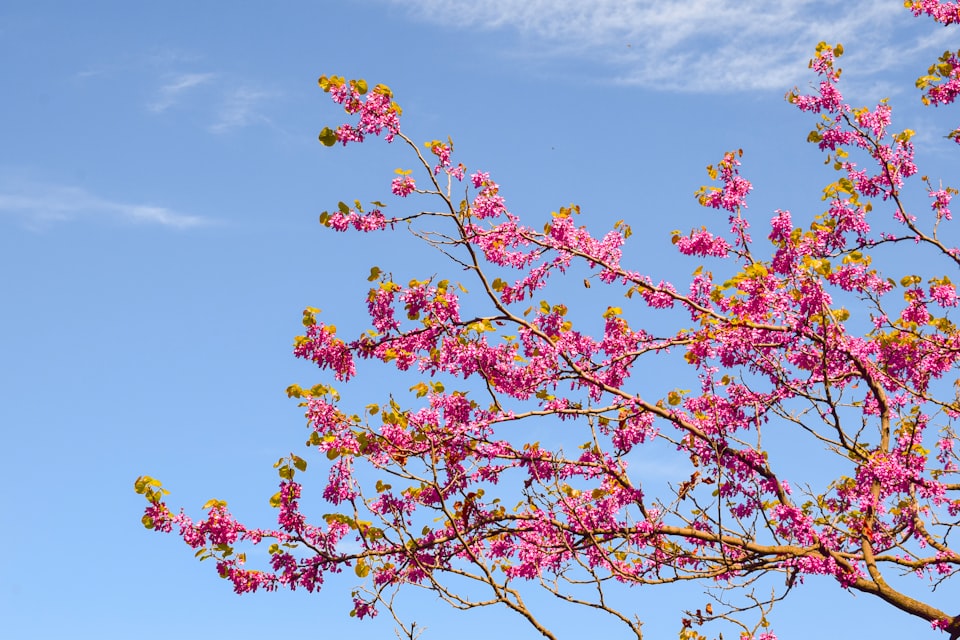I: Sugar Maple
The true story of the stickiest heist in history.

Good morning. Today is primidi, the 21st of Frimaire, Year CCXXXI. We celebrate l'érable à sucre, a tree that makes pancakes taste better.
Oh, Canada. Technically, they claim that's not a sugar maple leaf on the flag, as it's drawn more for symbolism than botanical accuracy, but given the importance of the tree to the Canadian economy, even still, and the fact that there's five lobes on a red leaf, I think we all know what's up.
Quebec, in particular, still makes quite a bit of money on sugar maple farming. This is no accident. Much like diamonds, a cartel called the Fédération des producteurs acéricoles du Québec (FPAQ) controls all the maple syrup production in the province, which in turn represents more than three-quarters of all the maple syrup in the world. This keeps the price of maple syrup artificially higher than that of oil.
And therefore, makes maple syrup ripe for theft. Which is how we got one of the boldest heists in Canadian history.



